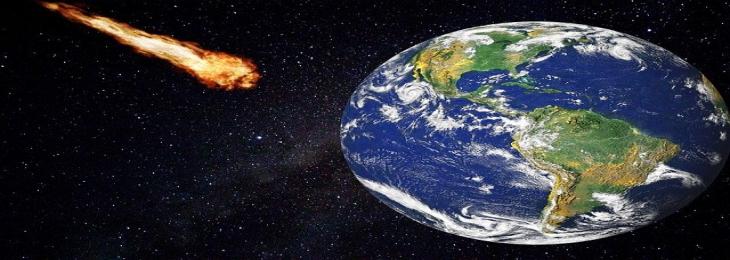
According to a recent study, there may be a giant asteroid in Earth’s solar system which had launched a meteorite at the planet in 2008, causing it to explode over Sudan.
The giant space rock, weighing approximately 8000 kilograms and having a diameter of 4 meters, was initially spotted by NASA well before impact as it sped towards Earth and finally exploded over Sudan. Samples of the remains were collected by researchers for further study. A new research focused on these samples has now put forth a theory that the space rock was part of a giant asteroid, the size of the largest object in the main asteroid belt, Ceres. Ceres is a dwarf planet with a diameter of 940 km.
The meteorite named Almahata Sitta or AhS, is composed of a material called carbonaceous chondrite. Meteorites contain water and a range of minerals. The composition of these minerals contained in meteorites provides evidence about the asteroid which birthed these space rocks. A team of planetary biologists from the Southwest Research Institute in Boulder, Colorado analysed a small sample of Almahata Sitta and found that the rock had a very unique mineral composition. It contained a rare array of minerals which generally form at intermediate temperatures and pressures lower than ones found inside a planet, and higher compared to a typical asteroid. One such mineral called amphibole develops after prolonged exposure to water. The mineral is commonly found on Earth but only occurred once previously in miniscule quantities in the Allende meteorite. The meteorite was found to contain the largest deposits of carbonaceous chondrite ever discovered.
The high quantity of amphibole in AhS suggests that the section broke apart from a parent asteroid which has never hurled meteorites at Earth in the past. The authors of this study mention that samples collected from the Ryugu and Bennu asteroids by the Hayabusa2 mission and OSIRIS-REx mission respectively will reveal more such minerals that rarely occur in meteorites.






